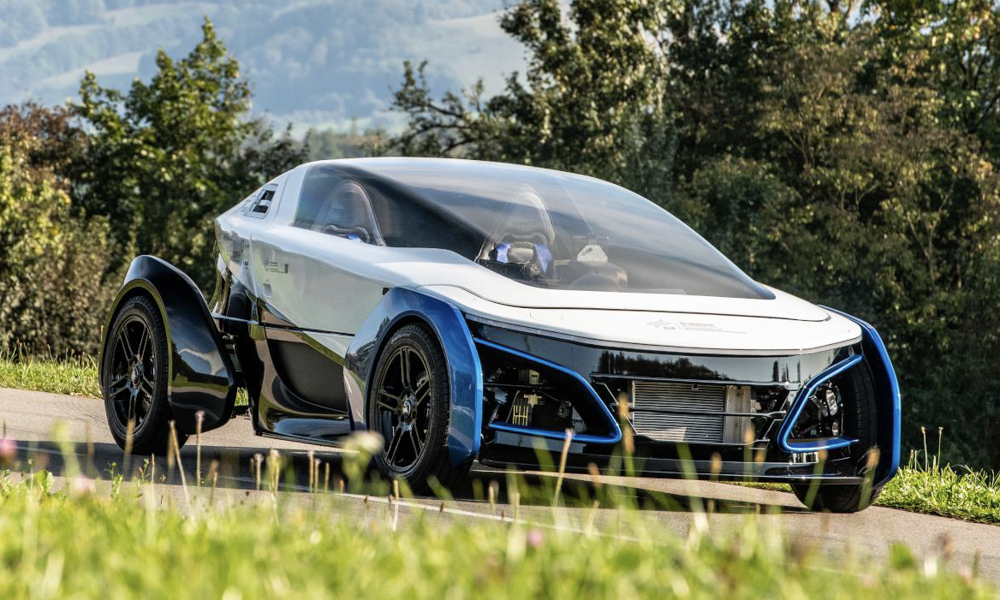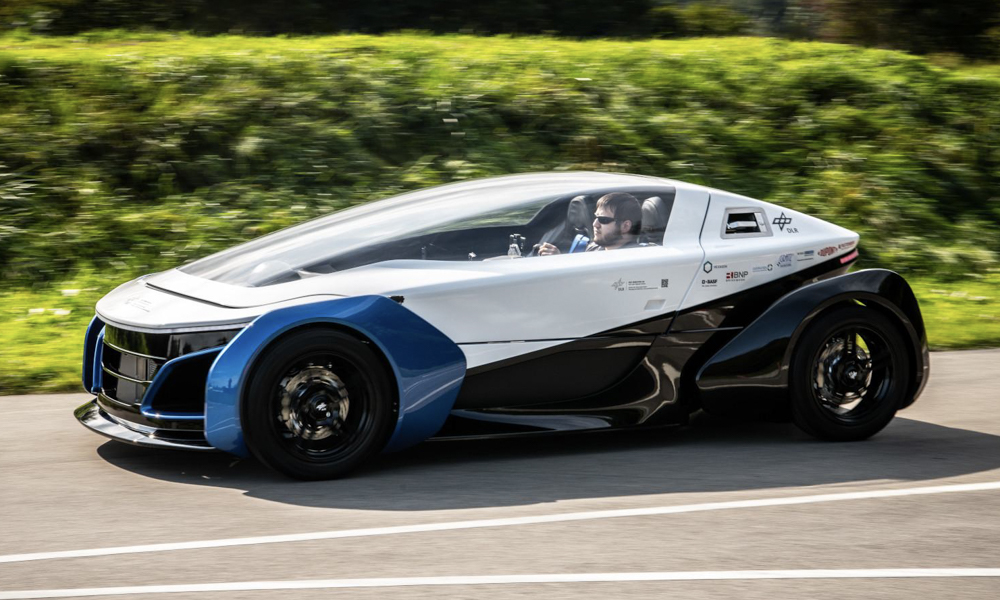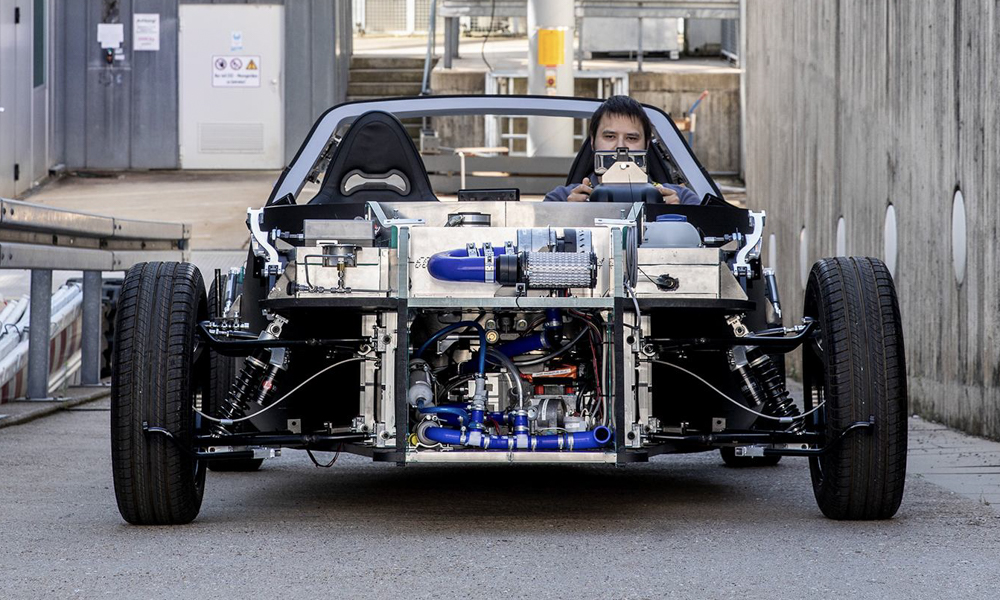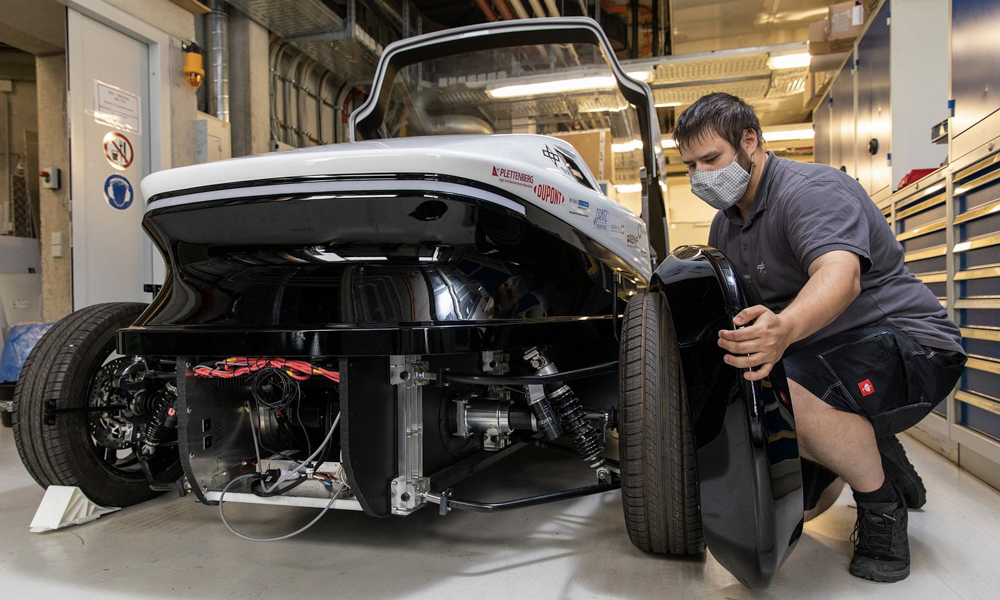
While electric cars have gained massively in popularity in recent times, other alternative fuels are also still out there vying for attention. One of the most promising ones is, without a doubt, hydrogen. At the recent IAA Mobility exhibition in Munich, the Deutsches Zentrum für Luft- und Raumfahrt (DLR, German Aerospace Center) showed off a prototype of a hydrogen-powered two-seater that promises to be a tempting proposition. Called the Safe Light Regional Vehicle (SLRV), it aims to combine clean energy with fun and a very attractive price point. Is this the hydrogen car the world has been waiting for?

The DLR SLRV may not have the sexiest name for a car, but the vehicle hiding behind these seven letters might well become quite desirable if things go right. Standing just 3.8m long and cutting a sporty-futuristic figure, the SLRV is essentially a hydrogen-powered city runabout that weighs just 500kg and promises up to 400km of range. That’s a lot more than other light city cars like the Renault Twizy could give you, and should be plenty enough for the daily commute.
Power comes from a relatively small 8.5kW fuel cell mounted at the front, supported by a 25kW buffer battery at the rear. With 45hp total output, the SLRV can whizz along at up to 120km/h, and sucks its fuel out of a 39L pressure tank storing up to 1.6kg of hydrogen at 700bar.
To make sure it does so safely, engineers have used a metal-sandwich construction method with top layers made of aluminum or steel, and a plastic foam inside. This passive cell is then surrounded by an attached ring structure, and the result is a very light chassis weighing just 90kg that still provides the rigidity and safety required from a modern vehicle.


The real kicker of this project is the retail price boffins are aiming for, as they are hoping it could hit showrooms one day for as little as €15,000 (P884,000). With an expected service life of ten years and 300,000km, this could equate to a running cost of only P6 per kilometer. That’s quite a lot less than other hydrogen cars like the Toyota Mirai, and could make this a tempting proposition for many drivers.
The biggest hurdle for hydrogen cars is still the availability of fuel for them. Pumping it into your car isn’t as easy as diesel or petrol, as transporting and storing the fuel requires more effort. It’s also a lot more expensive right now, even though the fuel itself is vastly more efficient than your normal pump gas. Without a proper distribution network and large-scale support from various industries, hydrogen cars will remain a niche solution for the moment, a fact not lost on the people behind the DLR SLRV. That’s why they are also considering an all-electric version of it to get people moving. If they can do that for Toyota Vios money, then sign us up!


0 Comments